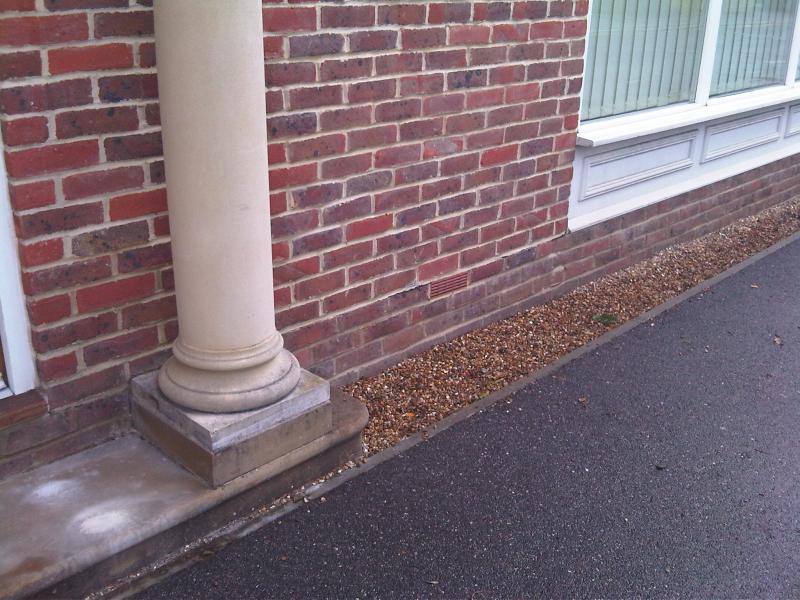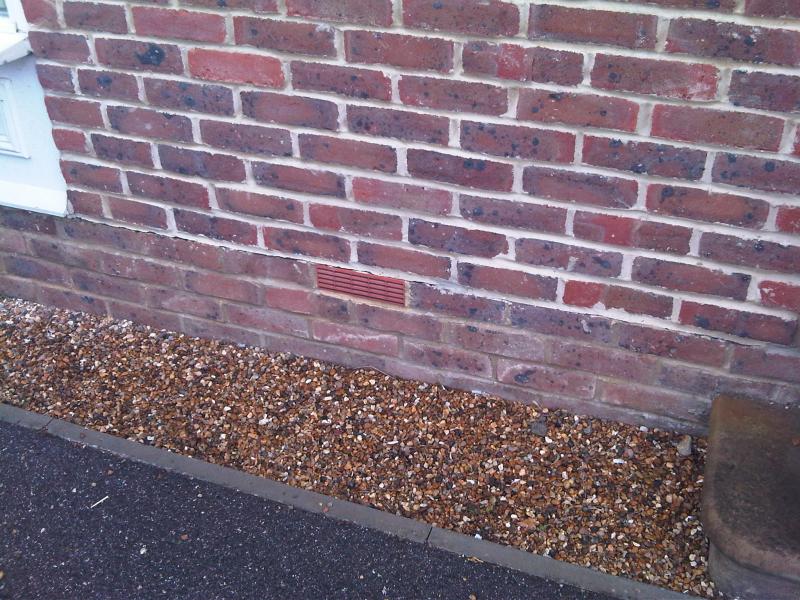And whatever gave you this ridiculous idea ????????
When there is a concrete floor involved on the ground floor, always check for moisture whatever method of installation you plan to use.
So you perform a Relative Humidity test to within British Standards using a hygrometer before installing a solid floor over concrrete using a DPM underlay ?
YES or No wil do.
When there is a concrete floor involved on the ground floor, always check for moisture whatever method of installation you plan to use.
So you perform a Relative Humidity test to within British Standards using a hygrometer before installing a solid floor over concrrete using a DPM underlay ?
YES or No wil do.






